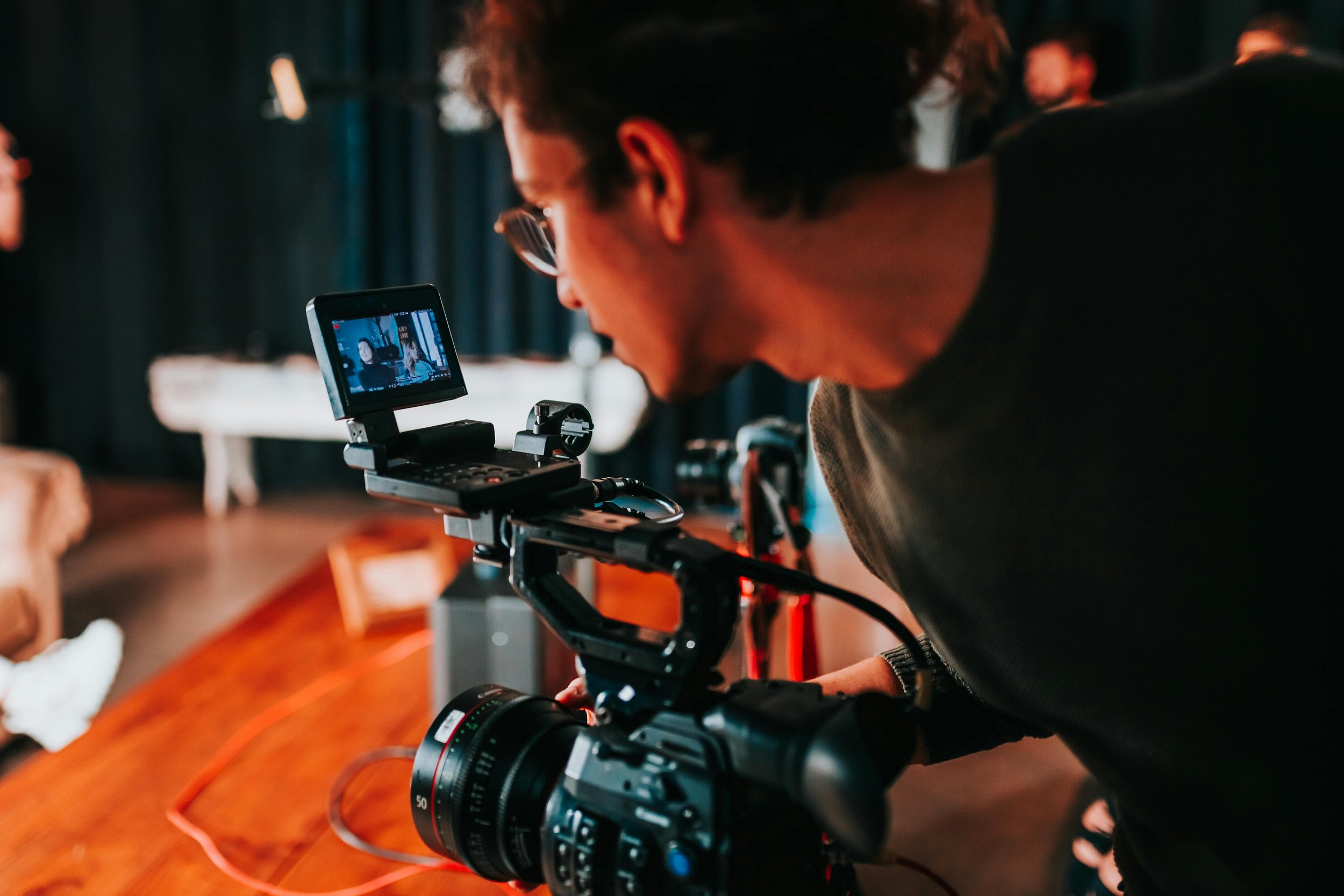Reusing and Repurposing Creative Assets
A huge engine of growth for brands is the content they produce for marketing and branding. Whether this is static product images, photos from a photo shoot, or video content, creative assets are the life blood of perfume advertising. But what is the point of spending all this time and money to create the creative assets if you only use them once? Brands of all sizes waste a huge percentage of their marketing budget by using creative assets inefficiently.
Brands can increase the efficiency of their marketing budget by learning:
How to create content that can be repurposed effectively
How to reuse content in their marketing
Creating Content To be Repurposed
Before creating the content, you need to factor in how the content will be used. This is especially important with video content which is more expensive to create. By focusing on how you can segment your video content for different purposes, you can get more miles out of your content and make the production costs worth it.
Any performance marketer will tell you just how important the first 3 seconds of a video are for running paid ads. These first 3 seconds of the video are so important that it has its own name, the ‘Hook’ and it’s own metric, the ‘Thumb-Stop Rate’ or ‘Hook Rate’ that measures how many people watch the first 3 seconds of the video. When running paid video ads on Facebook, this is one of the most important engagement signals for the algorithm when determining the quality and relevancy of the video ad in relation to the target audience. If the video has a high engagement rate and a high percentage of people watch the entire video then it signals to Facebook that the video is relevant and should be shown to more people. This also translates to less expensive CPM’s. In other words, your ad will reach more people for less money.
There are ways to structure your video production workflow to optimize for filming numerous different hooks for your video. Each hook should be unique and align with a specific emotion, promotion, or audience segment.
Hooks can vary from the original scripting based on:
Messaging
Body language
Videography
Speaking tone
Backdrop or setting
Opening graphics or animation
Sound effects or music
If you are running paid ads, having multiple hooks that you can A/B test will give you a better chance of finding ads that convert people into customers. You can also film multiple clips that each offer a different promotion or a different way of presenting the promotion. Creating different video ads by editing different clips together is a great way to test different messaging angles without having to script and film completely new video ads.
The more that your brand can iterate different videos using an assortment of clips that are all congruently filmed, the better your brand can reach audiences with more audience-aligned messaging. We have seen A/B test where a video ad will have two variations. The only difference between the two ads is the hook. The performance between the ads is vastly different — solely based on a different 3-second opening clip. Small changes to video assets can have a huge impact on the performance of the video, whether the video is published on social media or the video is being used as an ad. The job of any marketer working for a perfume brand is to find the winning iterations with a pre-planned filming process that optimizes for content variety which can be edited together to make variations of the same video.
If you are filming multiple different hooks and closing segments for video content, you should create variations that incorporate future promotions or events. For example, if your brand is filming a video of a new perfume release then you can create multiple closing segments that include a promotion specifically for Mother’s Day, New Years, etc. Now, your general brand video can be specifically applied to other holidays in a more aligned way.
Reusing the Content
Whether your brand is shooting product photos or lifestyle shoots, it would be extremely inefficient for the photos to be shown once and then never be seen again. Reusing graphics on different media channels including the website, email, paid ads, social media, print ads, packaging, and merchandising is common. If the graphic or video asset is brand-aligned, and also fits within the medium then it is going to be ok to use again. Brands should not worry about appearing repetitive. A person in your audience seeing the same graphic a couple of times will help strengthen brand recall.
Perfume advertising requires a consistent stream of creative assets in order to stay relevant on social media and other media channels. Stagnating in content creation leads to exposing your brand’s audience to overly repetitive content. By planning out your brand’s content roadmap, you can more effectively create new creative assets that are easy to repurpose for specific promotions and events.
